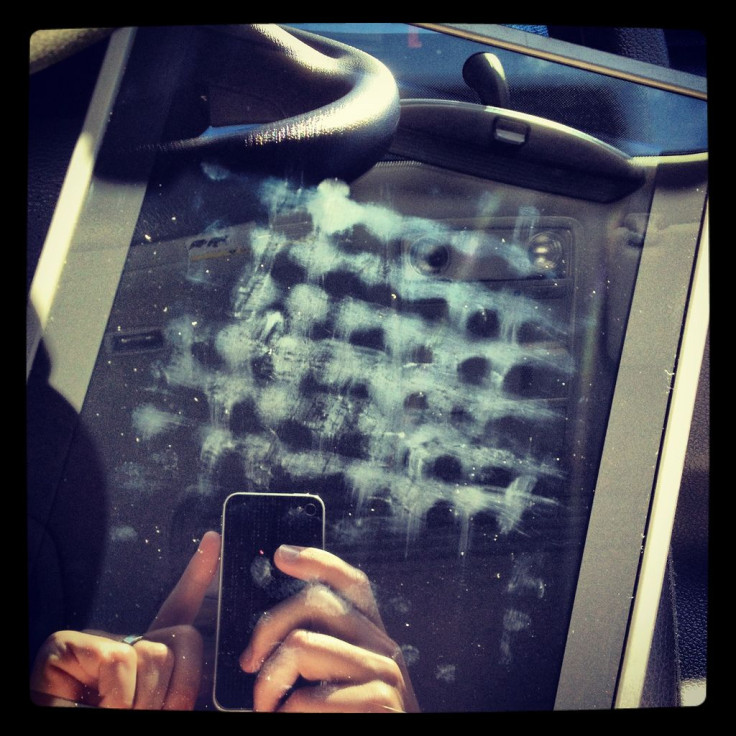Smear- And Germ-Resistant Touchscreens For Smartphones, Tablets In Development: Is Your Cellphone A Haven For Bacteria?

The increasingly ubiquitous use of interactive touchscreens in personal and public contexts has launched several scientific investigations into the sanitary issues attending the technology. In response to these sobering studies, researchers are now developing new ways of keeping smartphones, tablets, and self-checkout touchscreens both smear- and germ-free.
Although the average cellphone reportedly harbors 18 times more germs that a flush handle in a men’s restroom, smears and fingerprints on a device’s touchscreen generally don’t indicate a health hazard, as most of the bacteria are your own.
"Touchscreens are a source of a wide range of microbes, but not much of an issue if you do not share it among other people - since, if you are the only one using it, it's only your germs," said University of Arizona microbiologist Charles Gerba, speaking to BBC News. However, he noted that touchscreens can become “reservoirs of opportunistic pathogens” if implemented into public contexts, such as supermarkets and hospitals. The use doesn’t have to be extensive; a personal piece of technology passed around among friends also runs the risk of becoming a viral and bacterial colony.
"We have traced the spread of MRSA skin infection among teenagers that shared a cell phone. You will find MRSA on touchscreens on self-checkout screens in grocery stores in the US," he cautioned. "For viruses it can take as little one to make you ill, but this varies a lot depending on the organisms. Some bacteria take 100,000 cells to cause illness, others a few hundred.”
Steve Block, an electronics industry scientist at Dow Corning, says that several projects targeting touchscreen germs are already underway. Even manufactures are going to great lengths in reducing the amount of oily fingerprints that separate a user from the device, with engineers addressing the problem on a molecular level.
"They are made of very specialized molecules that are designed for these types of applications," he said, adding that resistant silicone coatings are becoming the industry standard.
Independent materials companies are also recognizing the demand for germ-free touchscreens. The Japanese Toray, for example, is currently working on a product that supposedly dries into millions of tiny “wrinkles” that absorb oils and smudges.
The next version of Gorilla Glass, which is used in many touchscreen devices, will reportedly be coated in an antibacterial film that kills off germs on its own.
In addition, researchers at Harvard University’s School of Engineering and Applied Sciences are contributing to a smear-free future by unraveling the secrets of the pitcher plant, whose internal coating repels the oil used by bugs to scale walls.
Judging by the current financial incentives and widespread sanitary concerns, touchscreens are only going to get cleaner from here on out. But until these innovations are commercialized, keep washing your hands.



























